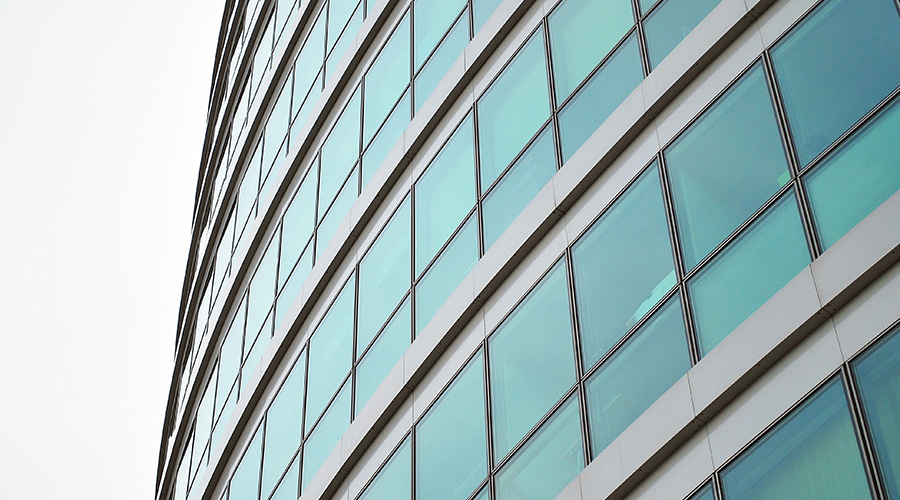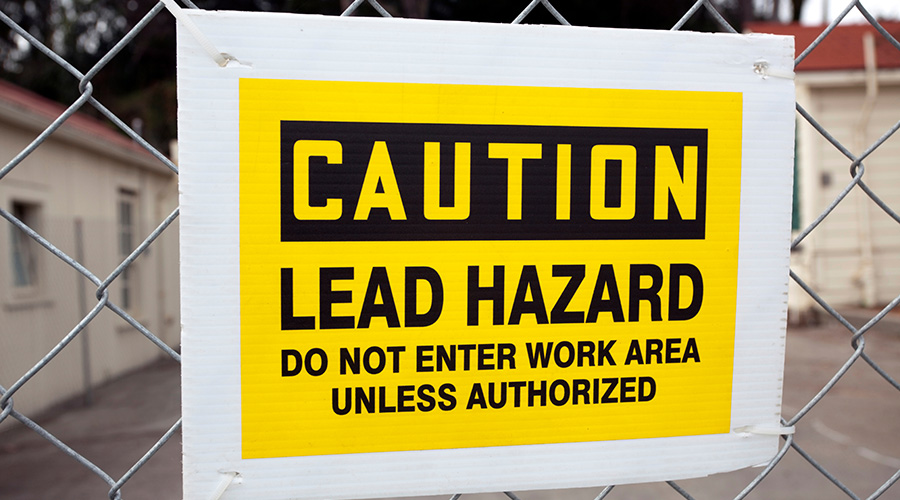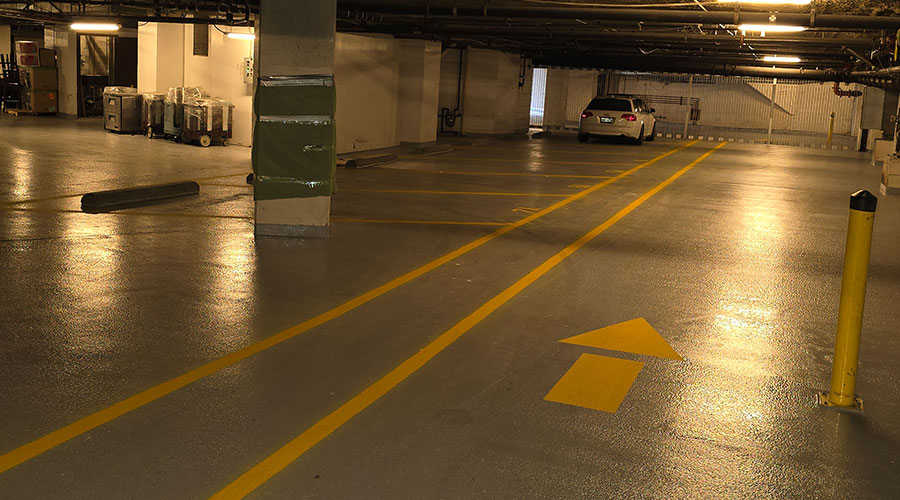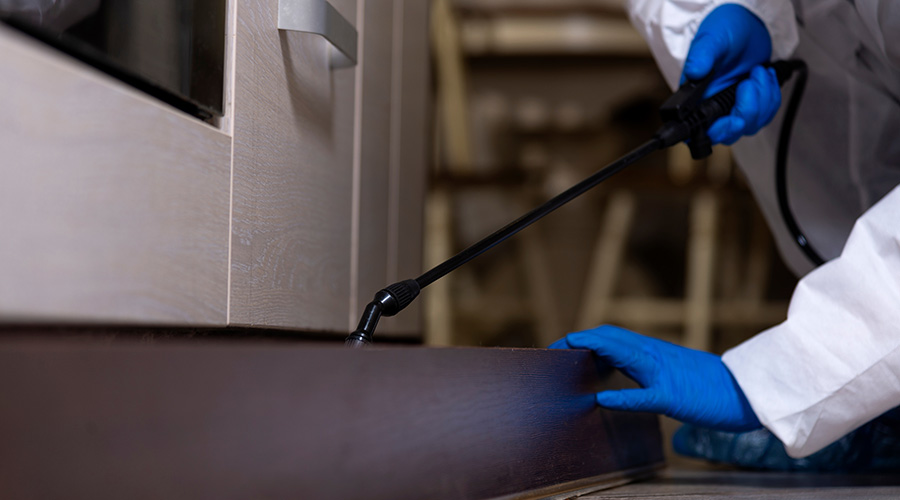Key Tips for Building Envelope Maintenance
Taking proper care of building envelopes will prevent future facilities issues.
Building envelopes in institutional and commercial facilities are like a suit of armor, protecting the six sides of a building — the ground floor, the four walls and the roof, from outside hazards.
Building owners and facility managers must know their envelopes inside and out and make sure they stay in good condition throughout the building’s life. If managers neglect the building envelope, the facility might sustain water and heat damage, lack energy efficiency, and have poor indoor air quality (IAQ).
The building envelope should keep the outside out and the inside in. It’s that simple, says Darek Brandt, P.E., principal at Walter P Moore, a national consulting engineering firm that specializes in building envelopes.
“Conditions inside should be comfortable, habitable and durable,” he says. “That is possible when we keep things happening outside, from happening inside.”
Regular building envelope maintenance and repair is key. However, with limited funds and time, it becomes tempting to postpone these endeavors, resulting in building material degradation, water leakage, and poor IAQ.
“I’m going to say, ‘Just do it,’” Brandt says. “While it’s tempting to put things off, there is a very high cost to low maintenance.”
Building envelope concerns
Alterations in building codes and materials have resulted in building envelope issues, with the primary sources of damage from water, heat, and ultraviolet light, says Dr. Joseph Lstiburek, founding principal of Building Science Corporation.
He explains when buildings were “energy pigs,” air and heat wafted outside. Despite being very energy inefficient, this air movement helped dry out the building after water infiltration.
"In the past, we didn't worry too much about incidental water leakage, as it would eventually dry out. However, incidental water is no longer just a minor issue," he says, emphasizing that if building envelopes become wet, they tend to remain wet.
On top of that, he points out materials used in building envelopes aren't as durable as they used to be.
To be more environmentally friendly, Lstiburek says builders stopped using many robust and long-lasting construction materials. Using recycled materials instead has significantly improved energy efficiency. However, he says their use also makes building envelopes more likely to fail.
“I want everything to be ultra energy efficient,” he says. “But I also don’t want buildings to fall down or people to get sick. Right now, I believe we are doing more harm than good.”
He mentions the shift to sustainability puts greater focus on building maintenance.
“The first thing you have to do is control water and keep rain out of the building,” he says. “Where does rain hit the building? The roof. You have to do your roof correctly, and your ground correctly. The problem is we are not installing windows and doors correctly, we are not installing roofs properly, and we certainly are not doing foundations correctly.”
Where to start
Knowing there’s limited time and money, Brandt suggests focusing on waterproofing, starting with the roof. Once water has begun to enter the building from the roof, oftentimes other underlying components have been compromised and the performance of the insulation has also been reduced, he explains.
“It’s tempting not to go up there,” he says. “But a little bit goes a long way on the roof in terms of maintenance and repairs.”
Regular maintenance ensures the roofing materials’ warranty remains valid and prevents water leakage.
“You can easily void your warranty by not maintaining, not inspecting, not using certified installers and repair contractors,” Brandt says.
Poor drainage around a building can also cause water to seep in, which can degrade plaster barriers and other systems. A crucial first step is ensuring the ground slopes away from the building envelope, says Lstiburek.
"We must consider the possibility of water seeping in and have a proper system in place for directing the water outside," he says. "This system should include sufficient slopes to facilitate drainage, appropriately sized collection systems, as well as drainage mechanisms at both the roof and vertical levels. This way, any water that enters will have a clear and unobstructed path to exit, ensuring effective and continuous drainage."
Water can also seep in through windows. In fact, Lstiburek says 10 percent of all windows will leak upon manufacture. Installers stop water from leaking inside by installing flashings that move water outside and sealing off spots where water might enter.
“Flashings must be maintained over the useful service life of the building,” Lstiburek says, noting this includes reapplying sealants and caulk around these openings. Quality sealant and caulk can last up to 30 years. “It is great stuff. The problem is we are not using it.”
Air leakage also poses a significant risk to IAQ. Strong HVAC system filtration helps remove pollutants before they get inside. But it is equally vital to minimize the inadvertent introduction of outside air into a structure. Here, a continuous air barrier on the building's exterior will help.
“A continuous air barrier will decrease the amount of unintended air passage into or out of a building,” says Brandt. “This includes your air barriers, waterproofing, your roof membranes, your fenestrations, your curtain walls and gaskets. The performance of all these affect the ability of your mechanical systems to manage indoor moisture content and indoor air quality.”
Insulation also matters, adds Brandt.
“R values are important and radiant heat from direct sunlight also can impact the building environment,” he says. “These two things can greatly impact interior energy use and indoor comfort. We need to keep energy costs down while allowing for open, airy and healthy spaces.”
Building envelopes involve the convergence of different structural components. For example, the wall connects to the roof and floors. Insulation plays a vital role at each of these junctions. Small details such as adding foam insulation to these areas can greatly improve the insulating properties of the envelope and reduce air leakage, Brandt says.
“Properly designed and installed insulation can maximize building R values and reduce the amount of thermal bridging and thermal gains that can adversely affect the building’s performance, health and wellness,” he adds.
Ronnie Wendt is a freelance writer based in Minocqua, Wisconsin.
Related Topics:













